Coronavirus and Type 2 Diabetes
There is plenty of news in the media which says that the COVID-19 is harmless for a healthy individual. They also mention that people with underlying conditions are sensitive to the disease. One such underlying condition that many have is Type 2 Diabetes Mellitus. According to sources, Tom Hanks testing positive for COVID-19 caused panic… that was because this popular actor is also a Type-2 diabetic.
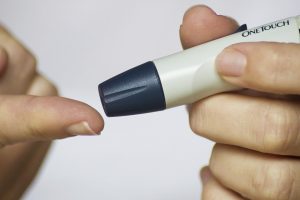 Why are Diabetic People More in Danger?
Why are Diabetic People More in Danger?
A healthy person and a diabetic person are at the same risk of catching the infection. The difference is how the patients deal with the virus. A diabetic patient has a higher chance of facing complications. A person with diabetes will face severe symptoms if they get COVID-19. Diabetes fluctuates the level of glucose in your body. Because of this, diabetic people with COVID-19 have severe inflammation and swelling.
Tips to Protect Diabetic Patients from the Coronavirus
Being a diabetic or the caregiver of such a patient will be stressful for you. Social distancing is the only you can avoid getting the disease. In case you are wondering how to practice social distancing here are a few tips:
- Avoid going outdoors, and only do so if it is essential.
- Avoid visiting a sick person, whether they are Coronavirus patients or those suffering from any illness.
- Try working from home. Discuss this with your employer and try gaining their support in this regard.
- Avoid gatherings and large crowds. These include cinemas, restaurants, clubs and bars.
- Maintain your blood sugar levels in normal range. That is because people with optimum levels of blood glucose have fewer complications.
- Regularly wash your hands. Follow guidelines on the internet about properly washing your hands. If you do not have access, try sanitizing your hands as an alternative.
- Avoid hospitals and try contacting your doctor through the phone.
- Keep yourself aware of the symptoms of the Coronavirus disease. If you observe any such symptoms, immediately call your general practitioner.
Conclusion
The government suggests shielding advice to all diabetic patients. It meant that all people vulnerable to the disease stay at home for almost 12 weeks. During this period, you should avoid all face-to-face contact. You must understand the risks that you are putting yourself into if you do not take precautions.
Terrance Hutchinson is the Owner of Your Best Lifestyles Fitness and Nutrition. He is a Certified Personal trainer specializing in Exercise Therapy, Corrective Exercise, Sports Nutrition, and Corporate Wellness. He an author of 3 books, he has his own podcast, he has contributed articles to major newspapers and magazines, Terrance has spoken at health events, webinars, seminars, hospitals, schools, doctors offices and has been featured nationally syndicated television platforms. Terrance has clients in many states and counties and is looking to help others bridge the gap between the medical and fitness industries. To learn more about Terrance, visit yourbestlifestyles.com
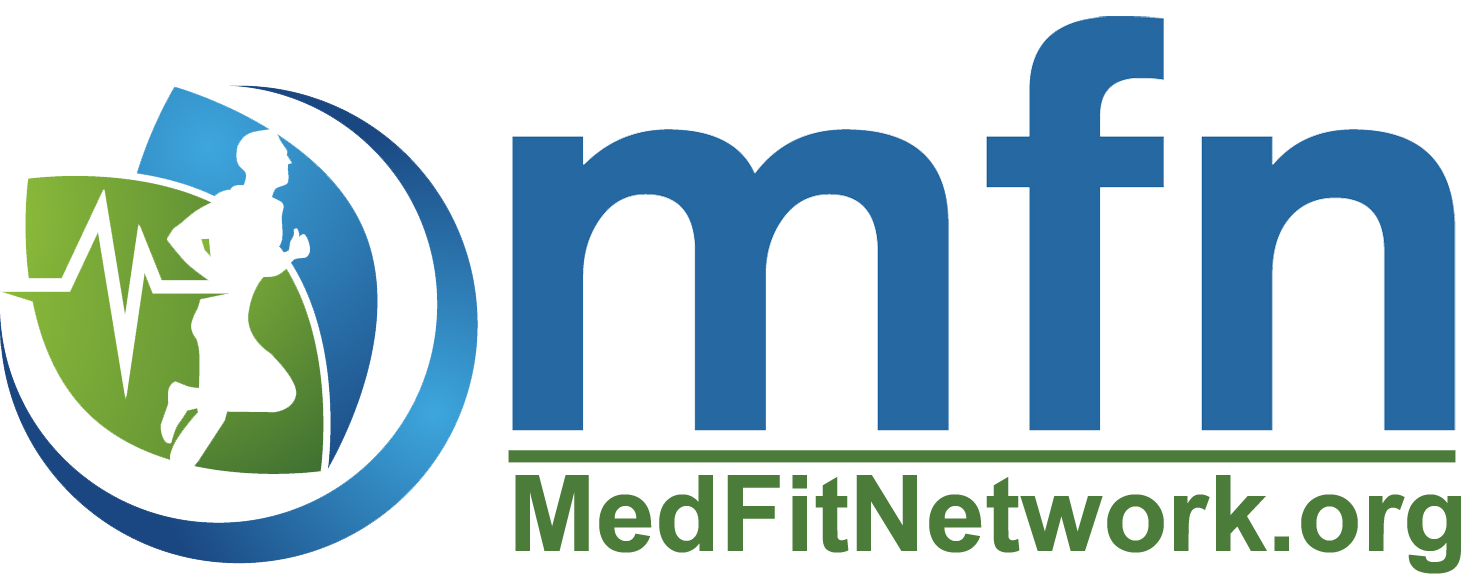
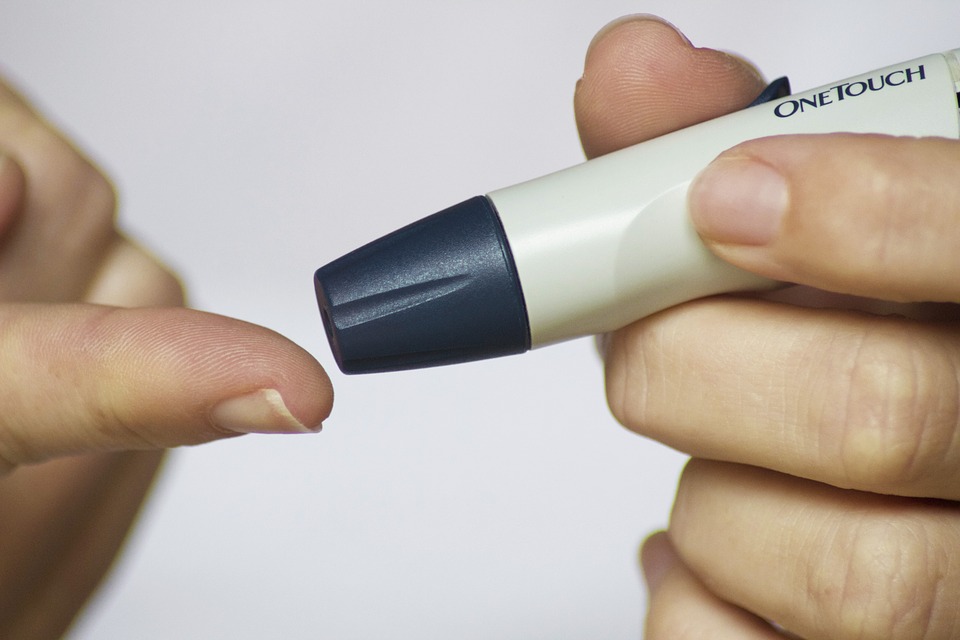

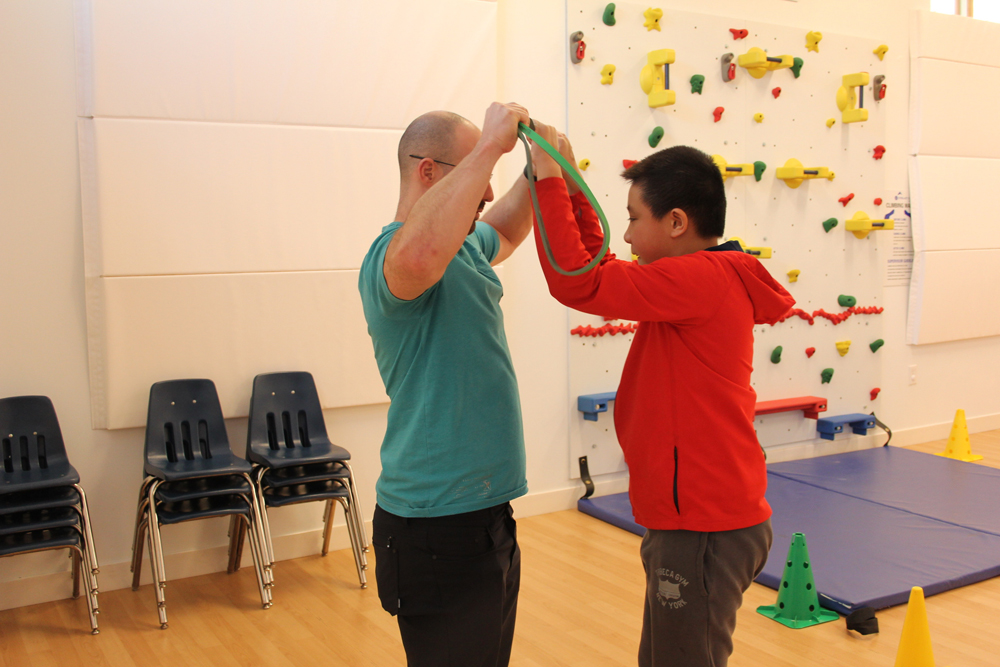
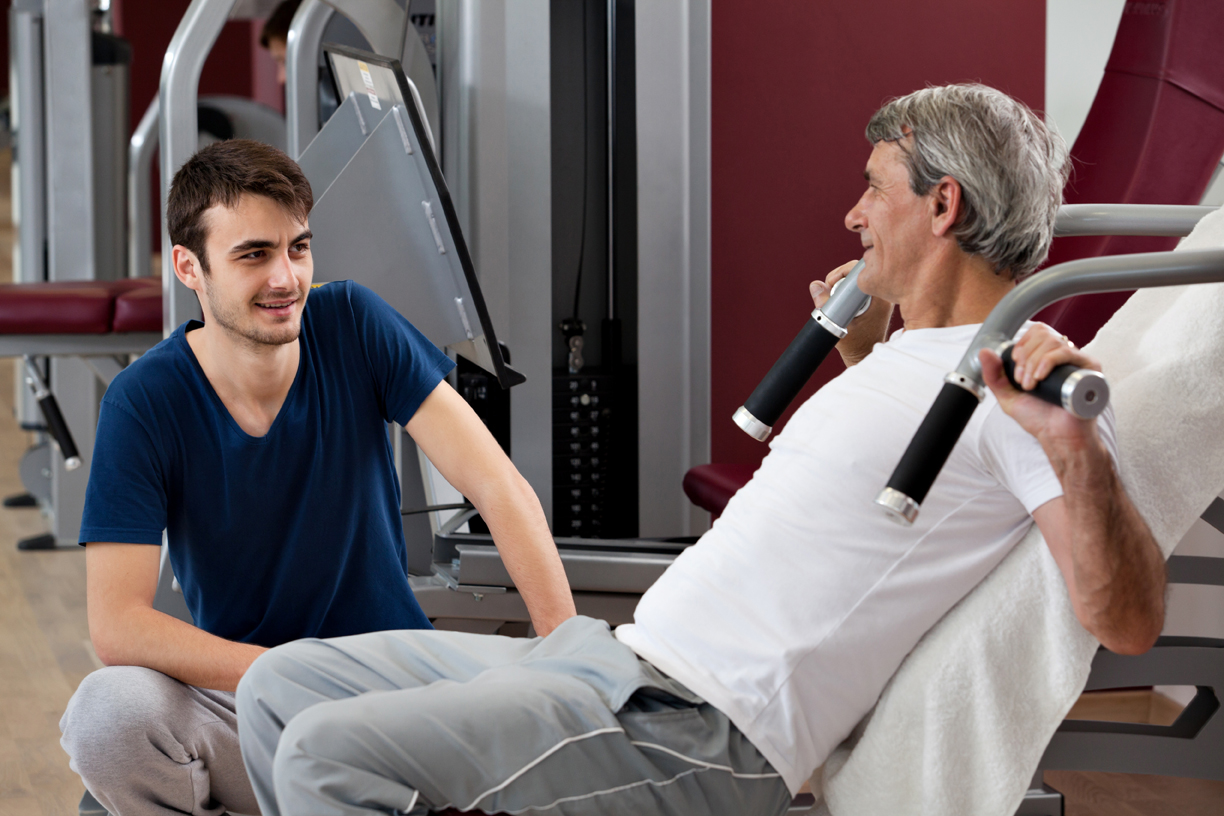
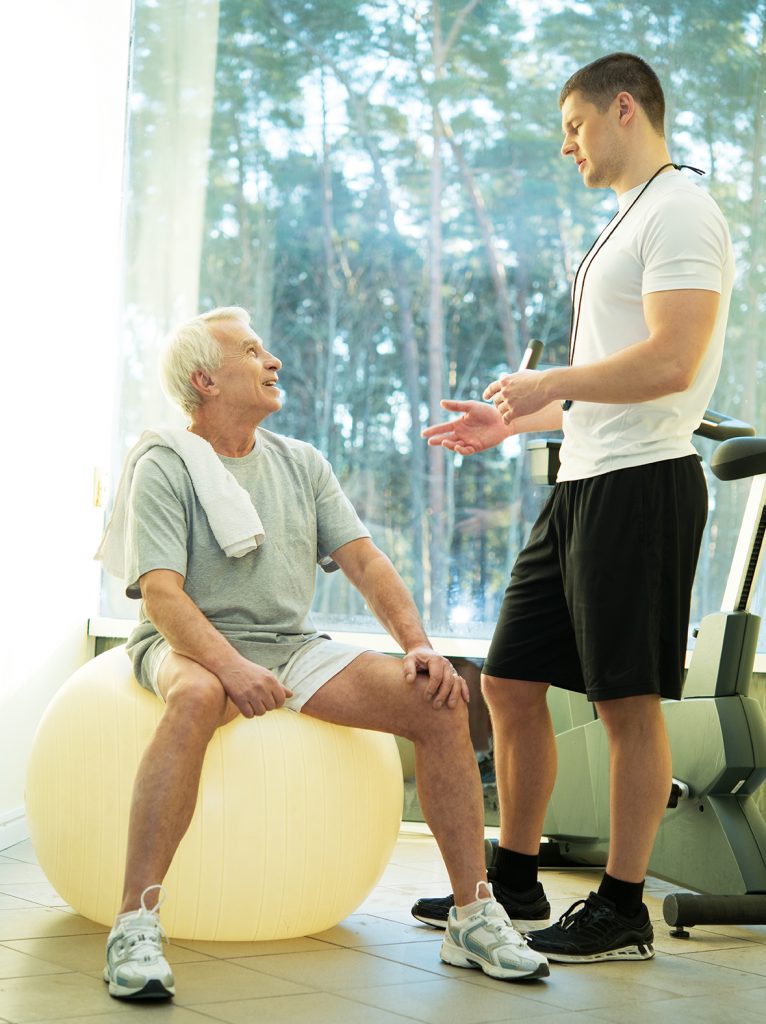 What types of medications are they on? Calcium Channel Blockers, blood thinners (Coumadin)? These may have an effect on the intensity and type of exercise performed. You know that people who have A-fib are at increased risk for strokes, and may have hypertension and get dizzy more often. The medications – while they may help with some factors – may preclude a well-designed exercise program just because they may not tolerate some types of exercise.
What types of medications are they on? Calcium Channel Blockers, blood thinners (Coumadin)? These may have an effect on the intensity and type of exercise performed. You know that people who have A-fib are at increased risk for strokes, and may have hypertension and get dizzy more often. The medications – while they may help with some factors – may preclude a well-designed exercise program just because they may not tolerate some types of exercise.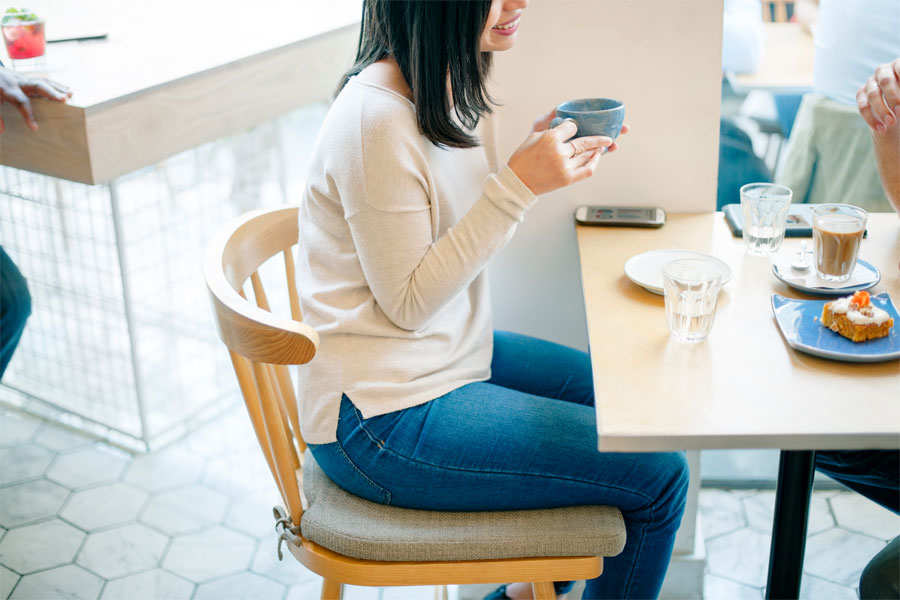
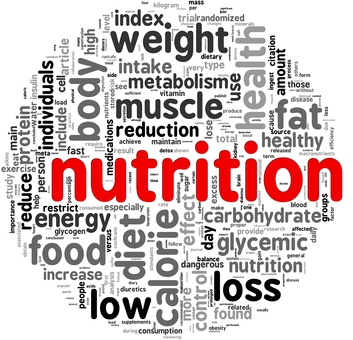 When life feels out of control, athletes commonly end up trying to control other things, such as food, exercise, and weight. Some may be striving to chisel themselves into a perfect body (no excess body fat) and eat a perfect diet (no fun foods). Unfortunately, the same dedication and discipline that help them be top athletes are the same traits that foster eating disorders. For example, perfectionism is common to both athletes and people with anorexia. How else could figure skaters or gymnasts rise to the elite level without demanding perfection from themselves?
When life feels out of control, athletes commonly end up trying to control other things, such as food, exercise, and weight. Some may be striving to chisel themselves into a perfect body (no excess body fat) and eat a perfect diet (no fun foods). Unfortunately, the same dedication and discipline that help them be top athletes are the same traits that foster eating disorders. For example, perfectionism is common to both athletes and people with anorexia. How else could figure skaters or gymnasts rise to the elite level without demanding perfection from themselves?
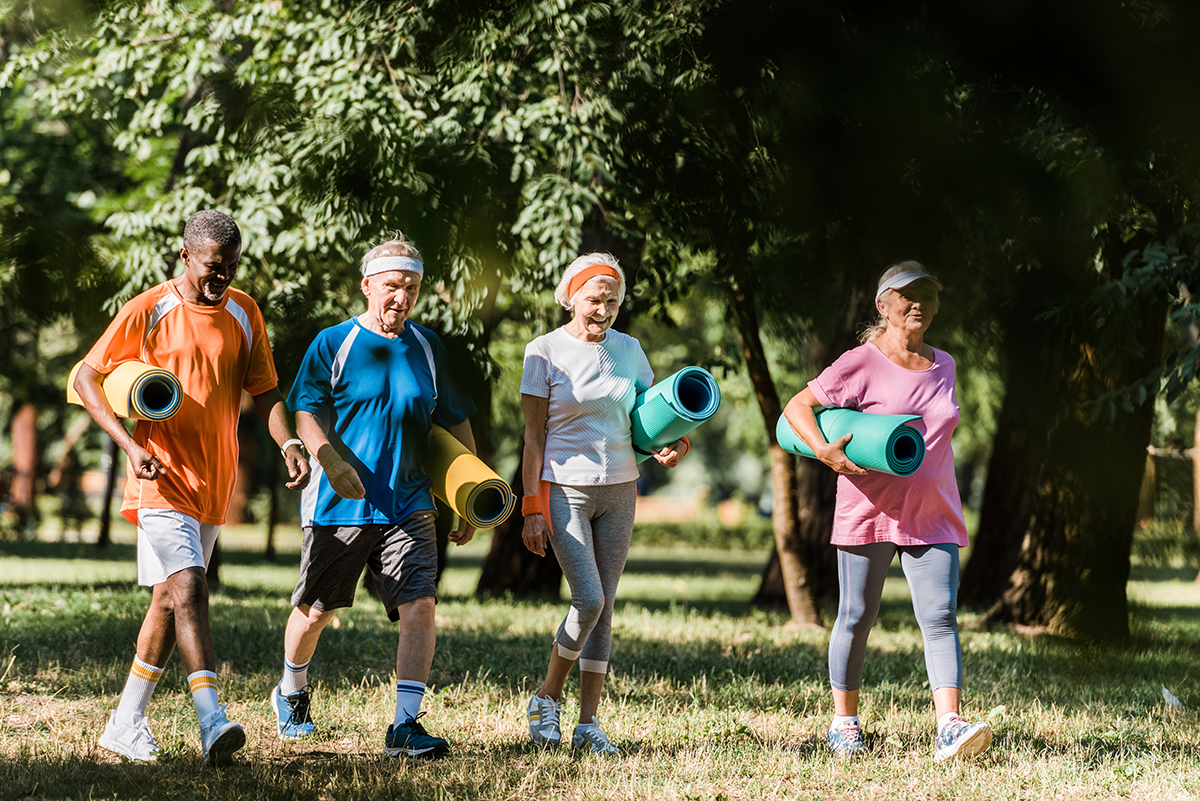 Healthy Lifestyle?
Healthy Lifestyle?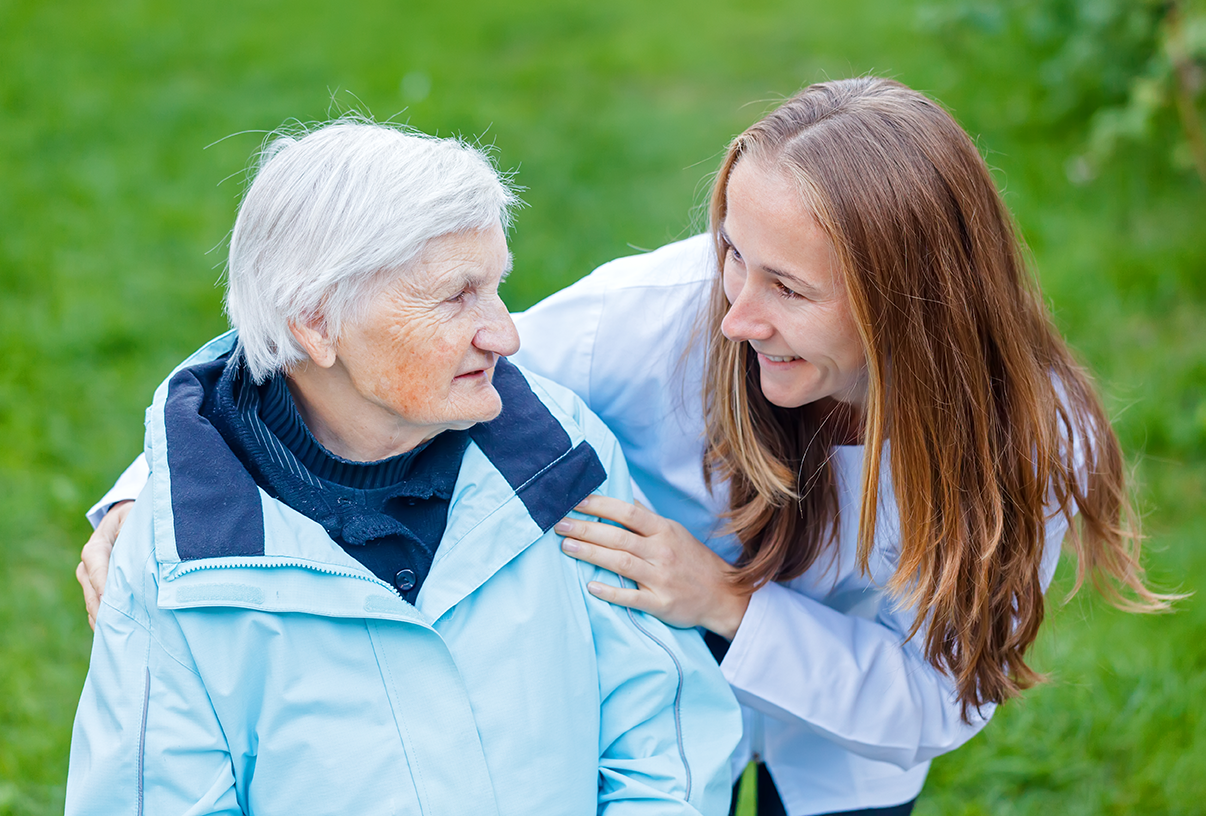
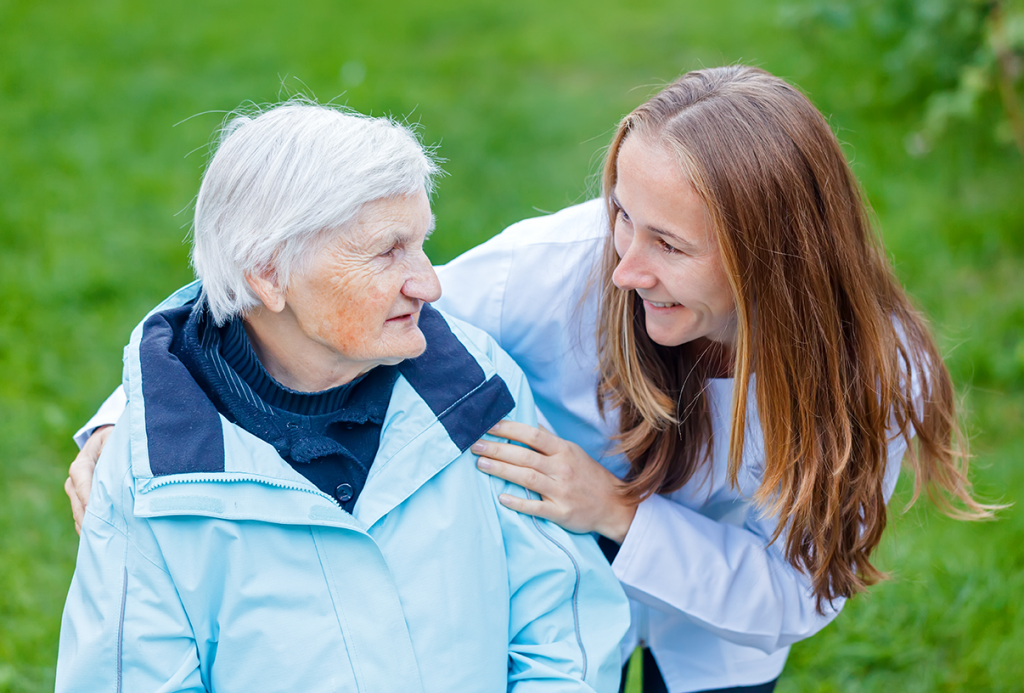
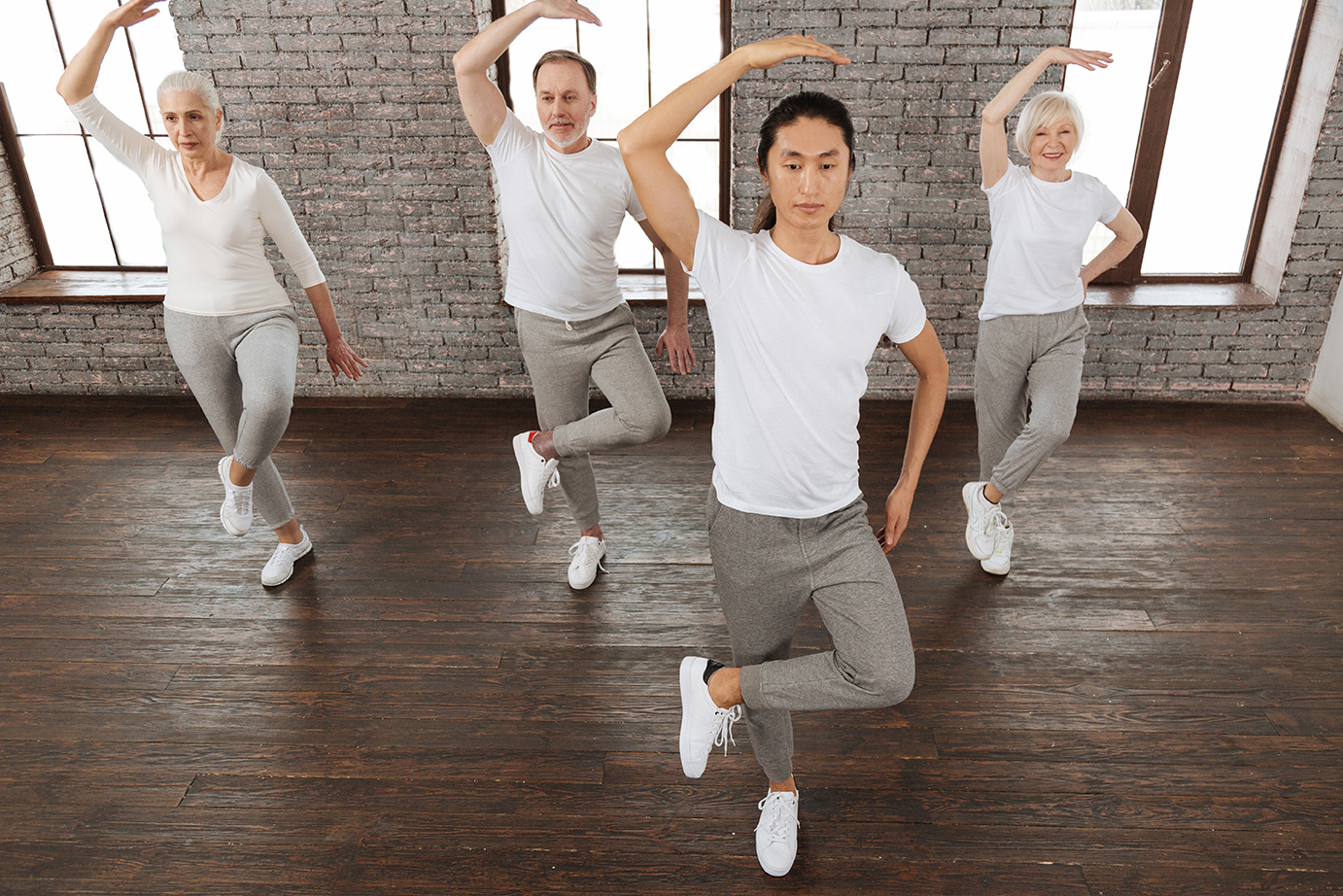
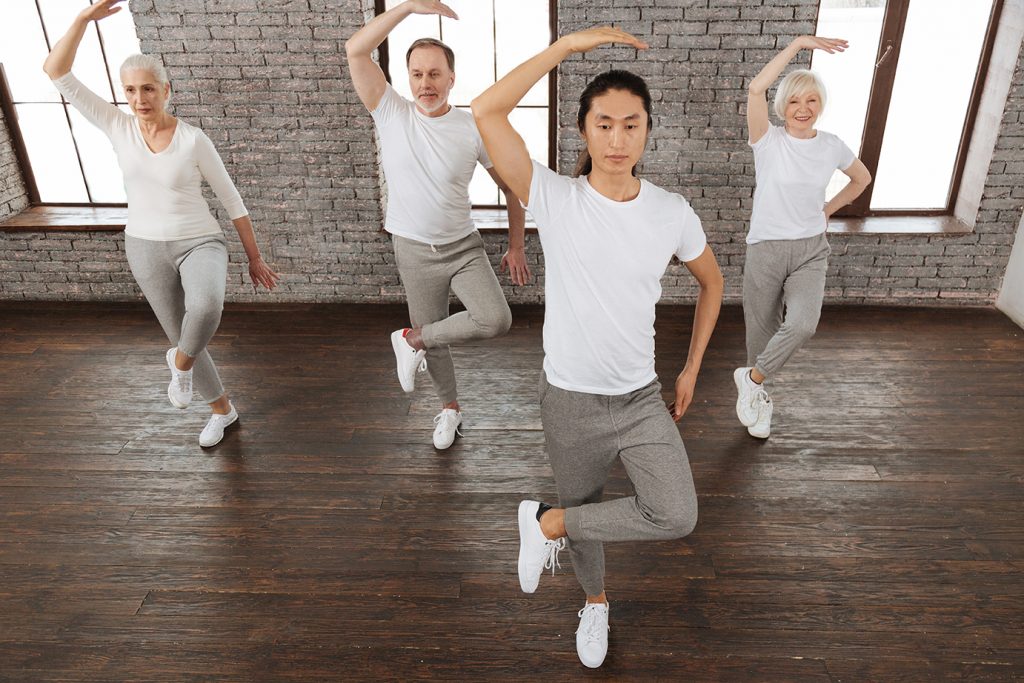 Balance and cognition are inextricably linked. Quantification of improvement in key performance indicators of cognition is directly related to precisely measured improvements in balance and postural stability. A thorough understanding of this relationship is paramount to the understanding of conditions related to cognitive impairment, leaning and behavioral struggles, brain injury, and so much more.
Balance and cognition are inextricably linked. Quantification of improvement in key performance indicators of cognition is directly related to precisely measured improvements in balance and postural stability. A thorough understanding of this relationship is paramount to the understanding of conditions related to cognitive impairment, leaning and behavioral struggles, brain injury, and so much more.

 I have decided to look at the bright side of this event, and see it as an opportunity. While many are not in my particular position, and are actually out of job and income due to this pandemic, I want you to reframe it. Change the paradigm of this being a negative, to this being a time for catching up, reflecting, and perhaps actually changing yourself.
I have decided to look at the bright side of this event, and see it as an opportunity. While many are not in my particular position, and are actually out of job and income due to this pandemic, I want you to reframe it. Change the paradigm of this being a negative, to this being a time for catching up, reflecting, and perhaps actually changing yourself.